How can you reduce the gap between farmers and consumers? Carlos Faes, of Philips Fruittuin fame and a co-founder of the Rijp platform, has advocated a farm-to-fork supply chain for years.
Carlos knows what he is talking about. He has been involved in various farm-to fork initiatives over the years and has seen many promising projects fail. Too small-scale and not profitable enough. But he has immeasurable drive and never gives up. Qualities that ‘Mr Frits’ Philips also saw in Carlos 30 years ago when, as a student of economics with a certificate in fruit farming under his belt, he applied for the position of general manager at a fruit farm in Eindhoven. “I had no idea that the company was owned by the Philips family”, he says. Frits Philips, who was 86 years old at the time, called him personally and invited him to a job interview that would last more than six hours. It was a memorable meeting between the two men that included several walks into the orchard and across the family estate. Frits Philips told him how his father Anton started the orchard in 1929 as a job creation scheme and to supply fresh fruit for employees working in the Philips factories. The fruit was also delivered to the restaurants in the Philips complex and used to make a traditional apple, onion and potato stew (affectionately referred to as ‘Philiprak’) and other dishes.
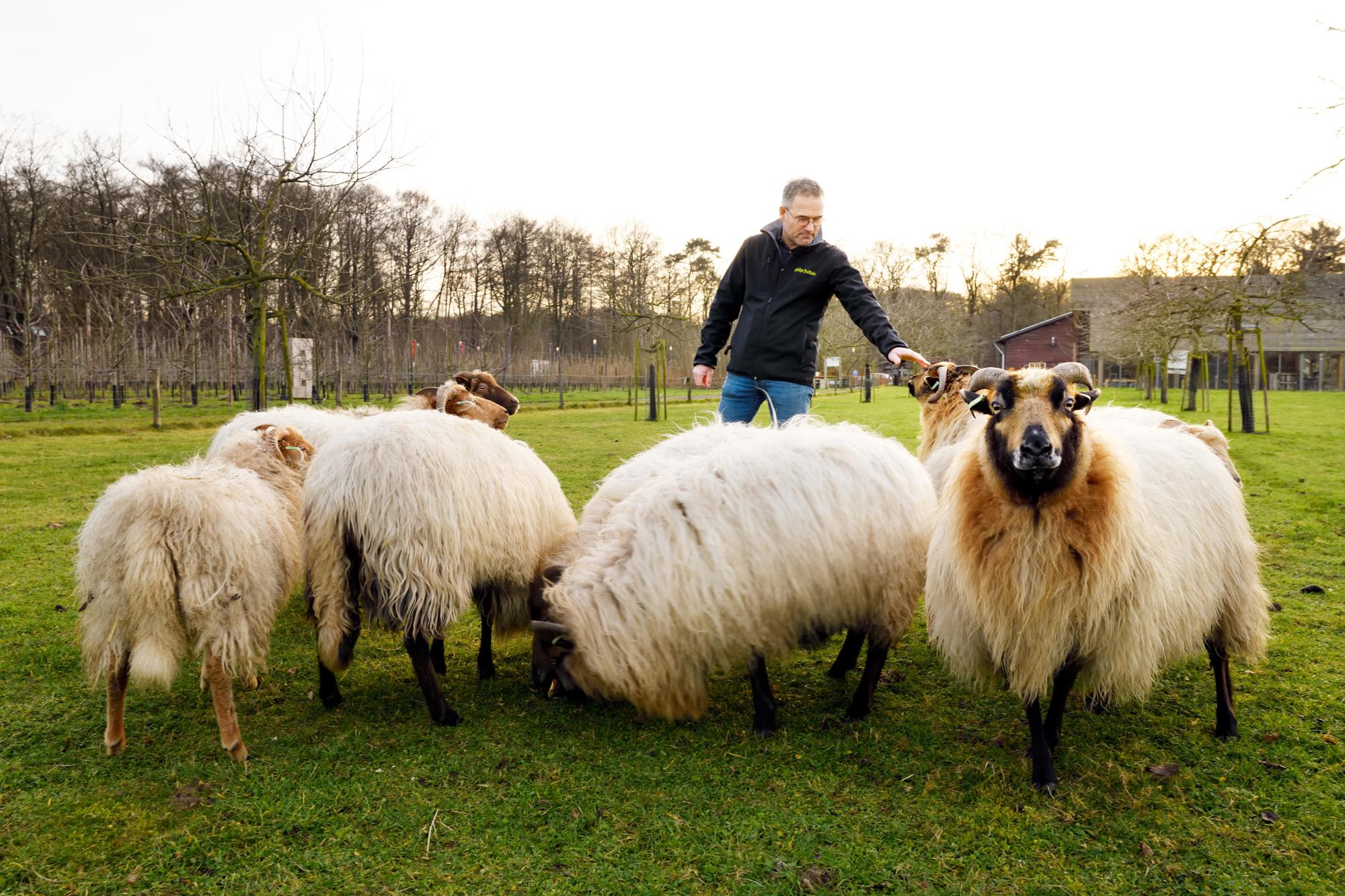
Carlos: “I got the job and started a week later. My instructions were simple: get the farm profitable again, without cutting corners. The Fruittuin had been making a loss for years. Philips NV was no longer a customer; the company had a contract with a major caterer that purchased its fruit from a wholesaler. And the people of Eindhoven also shopped elsewhere. Now that people were better off and able to buy all kinds of exotic fruit on every street corner, they were less inclined to walk down a dusty and sometimes muddy path to this part of Strijp for their apples and pears.” Carlos put his heart and soul into making the business healthy again, with the aid of his girlfriend Anneke, who is now his wife. While working on her thesis for a leisure sciences degree, she discovered that the Fruittuin used to have an important social function. “We wanted to give the Fruittuin back to the people of Eindhoven. But if you want people to come and do their shopping here and enjoy fruit from Eindhoven again, you need to offer something special, not just ordinary apples, pears and plums.”
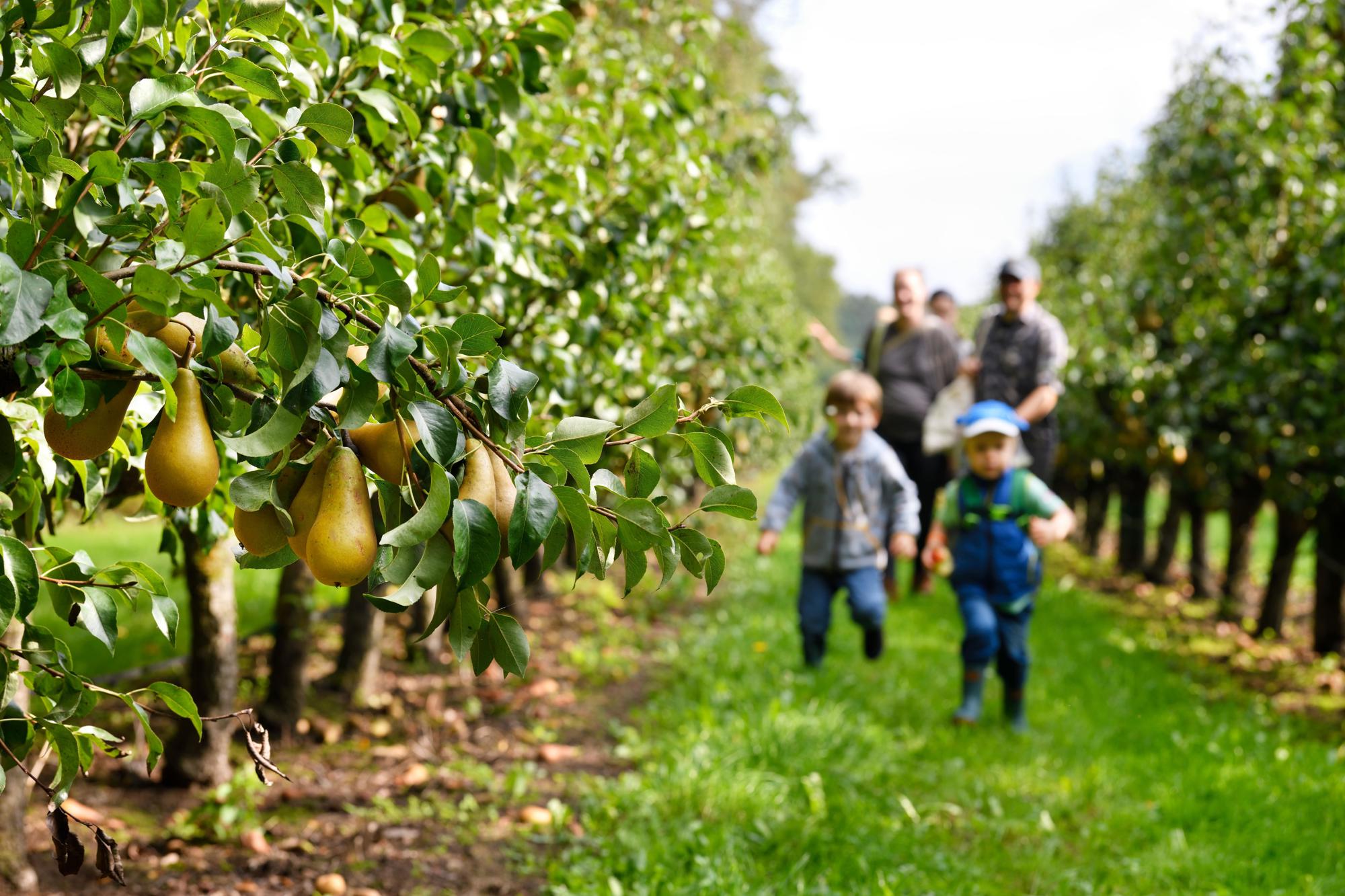
The title of their first business case was: The gap between consumers and producers has to narrow. And that is still Carlos’ mission to this day. Many changes have been made. The first major change was a move to organic fruit cultivation - something that most people didn’t identify with at the time. The next step was to offer a wider range of products in the shop. To achieve this, Carlos set up partnerships with local farmers. In 1994, he and Anneke purchased the Fruittuin from the Philips family. Although the family believed unreservedly in their plans, it preferred to leave implementation to the enthusiastic young couple. And Frits Philips helped out by going with Carlos to the bank when his first application for a loan was turned down. He told the bankers that he was prepared to act as a guarantor for a year and convinced them to finally lend Carlos and Anneke the amount they needed.
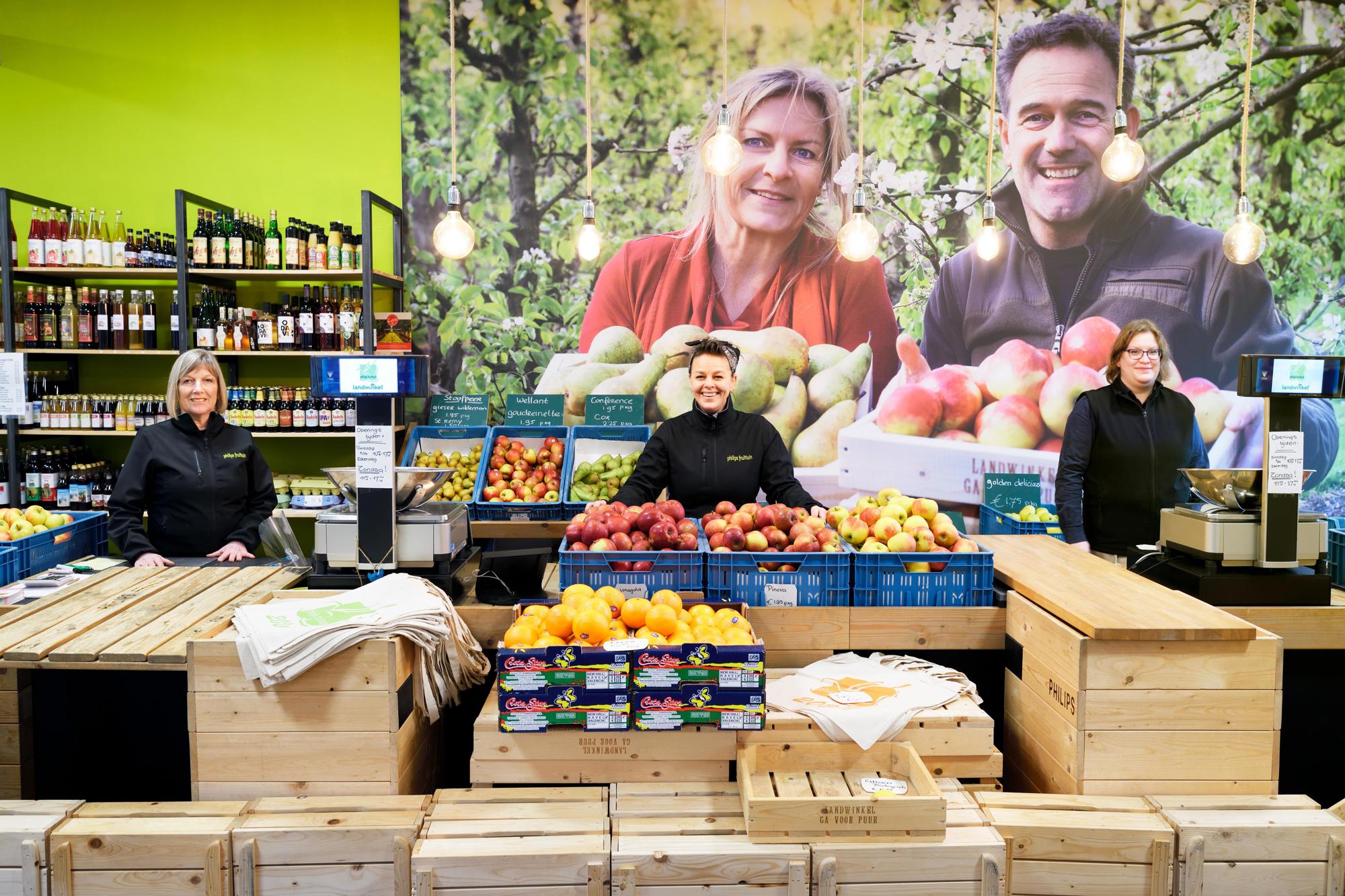
Back in 1994, roughly 10,000 people visited the shop every year. That number has now grown to more than 125,000. They come to the orchard, now restored to its former glory, for a tour or a workshop, or to enjoy delicious sweet and savoury pancakes with the whole family in the Pannenkoekenhuis, or for a business meeting in the modern conference centre, which is the most recent addition to the farm complex. And when they leave, most of them like to take a shopping bag full of ecologically sound products home with them. Or they visit to pick their own apples and pears on the popular fruit-picking days. “Everything you see here now is the result of our ideas in the early 1990s”, says Carlos. “Built in phases, with a major investment every ten years.” Even Philips is now a customer again. The convenient new cycle path from the city to the Fruittuin also helps attract visitors. But the main reason for the growing number of customers is increasing interest in and demand for sustainably grown (regional) products.
It is not just consumer buying habits that have changed in recent years. More and more farmers are also transforming their businesses. Often out of dire necessity. Because they no longer see the point of producing more and more for too low a price and a market they don’t know. The people who were truly interested in ‘farm-to-fork’ supply chains could be counted on one hand 15 years ago. Carlos: “We used to run into each other all the time, at farmers’ club get-togethers or meetings, and started to organise our own version of a car boot sale. I brought fruit along, somebody else brought cheese, a third person brought meat, so that we could all offer more products in our shops. At one point, we used to spend half an hour loading, unloading and transferring products at every meeting. We all felt that we needed to streamline the activity, resulting in the foundation of the Landwinkel cooperative in 2006.” There were already similar regional farm shop cooperatives in other parts of the country. The Landwinkel cooperative – an organisation run by farmers for farmers – was an opportunity for them all to unite under one banner. When it was founded in 2006, Landwinkel started with 39 members. By 2020, the membership had grown to 93 and the cooperative had opened its own distribution centre in Veenendaal, with a fleet of vehicles delivering the full range of products to all the farm shops.
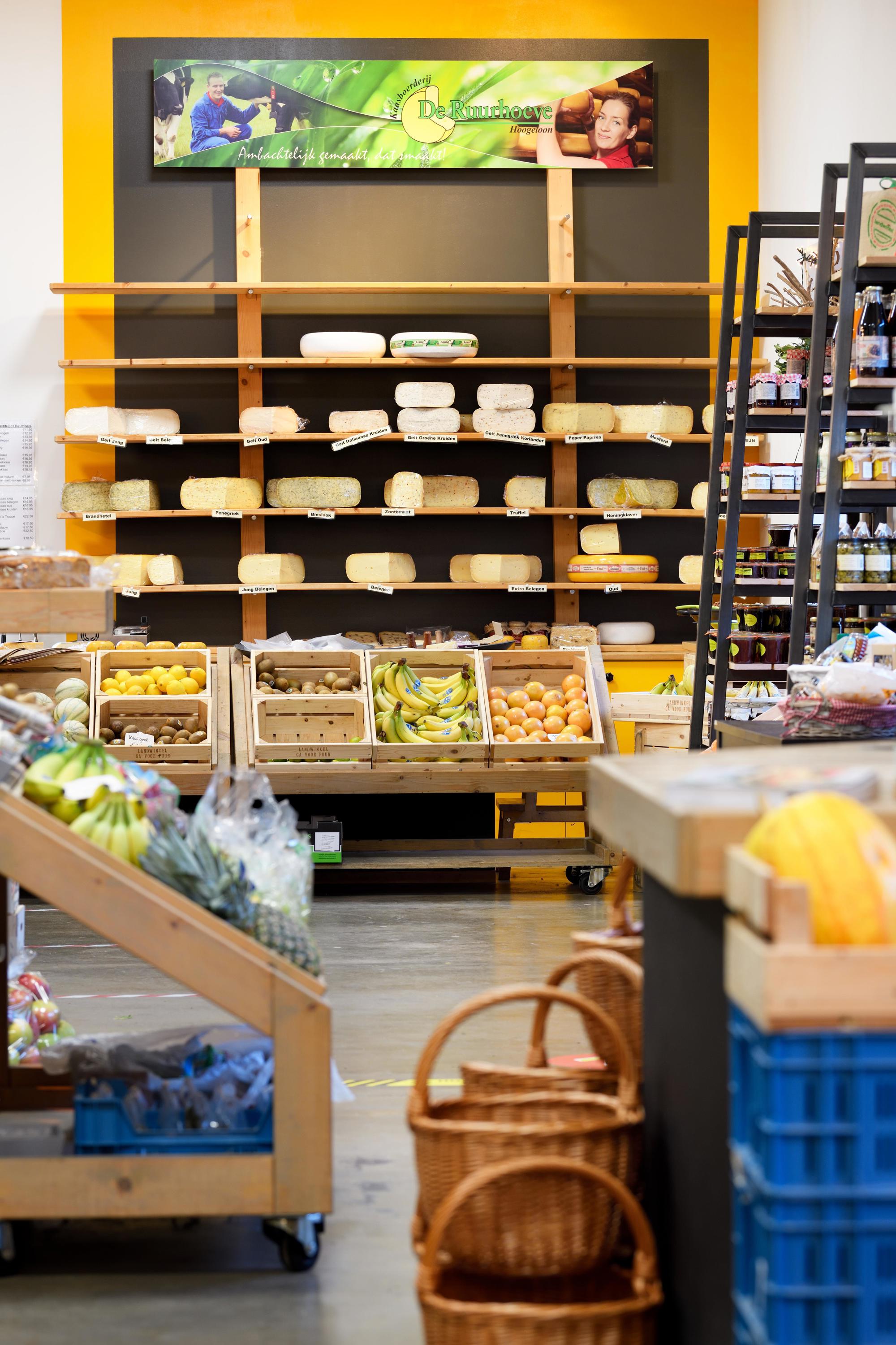
Daily distribution of fresh farm products is an even greater challenge. The products you harvest today need to be in the shops tomorrow. “Landwinkel is a great concept for processed products with a slightly longer shelf life”, he explains. “But collecting, grouping and delivering perishable fresh products in the space of just a few hours is a completely different story. Based on the experience of all kinds of small-scale initiatives that were started in recent years but soon had to be discontinued, we knew that you have to approach this on an ambitious scale if you really want to make it pay. And that makes the challenge even more complicated. How do you get the right products from all those different farmers to all those different shops quickly and efficiently?” When yet another project that he was involved in faltered and came to an untimely end, Carlos decided to pull out. “I invested a huge amount of energy every time and kept running into a brick wall.”
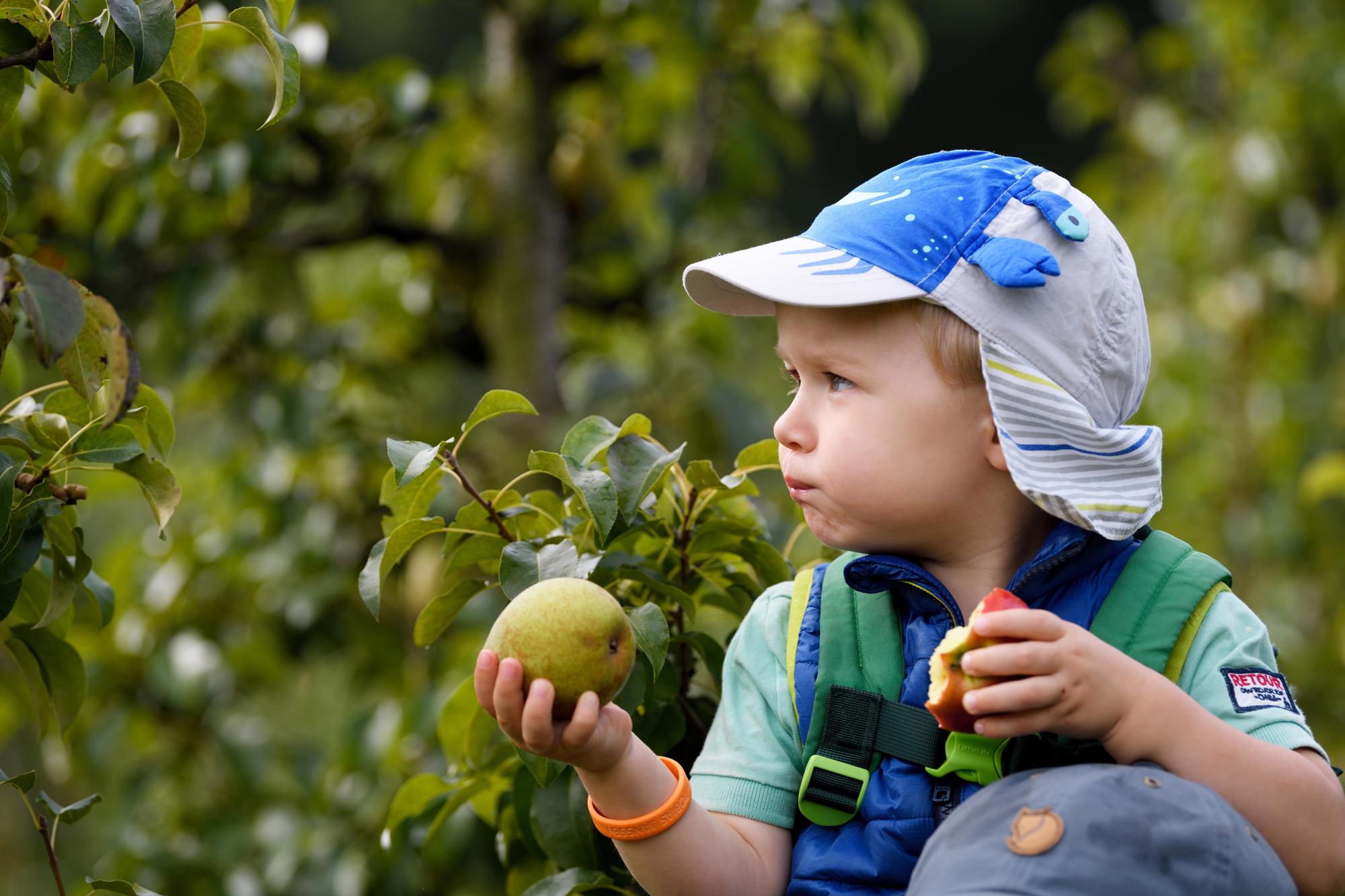
Fortunately, other parties also believed that something has to be done about how our food system is organised. HAS University of Applied sciences, the Southern Agricultural and Horticultural Organisation (ZLTO), the provincial authority of North Brabant and IT specialist Geodan set up a collaboration called Online Food Brabant to implement Korte Keten 2.0, a completely contemporary farm-to-fork concept. Their solution: build an online platform where farmers, consumers and other parties in the supply chain can deal directly with each other. “I believe profoundly in this concept”, says Carlos, who was asked to participate at an early stage. “Because this platform is an initiative run by farmers for farmers; there are no margin-takers in between. The farmer harvests the product, prepares it for market and sells it: he posts it on the platform and decides his price and the quantity he wants to offer. The buyer benefits from the ability to do business directly with different farmers and receives all the purchases in one delivery because they are grouped via the platform. This not only creates an extremely short supply chain, it also guarantees high efficiency and cost savings. And, at the end of the day, a fairer price for the farmers.” Farmers who want to participate have to complete a training course first to learn how to prepare their products for the online sales channel - with the right codes and labels, hygienic packaging and an attractive appearance.
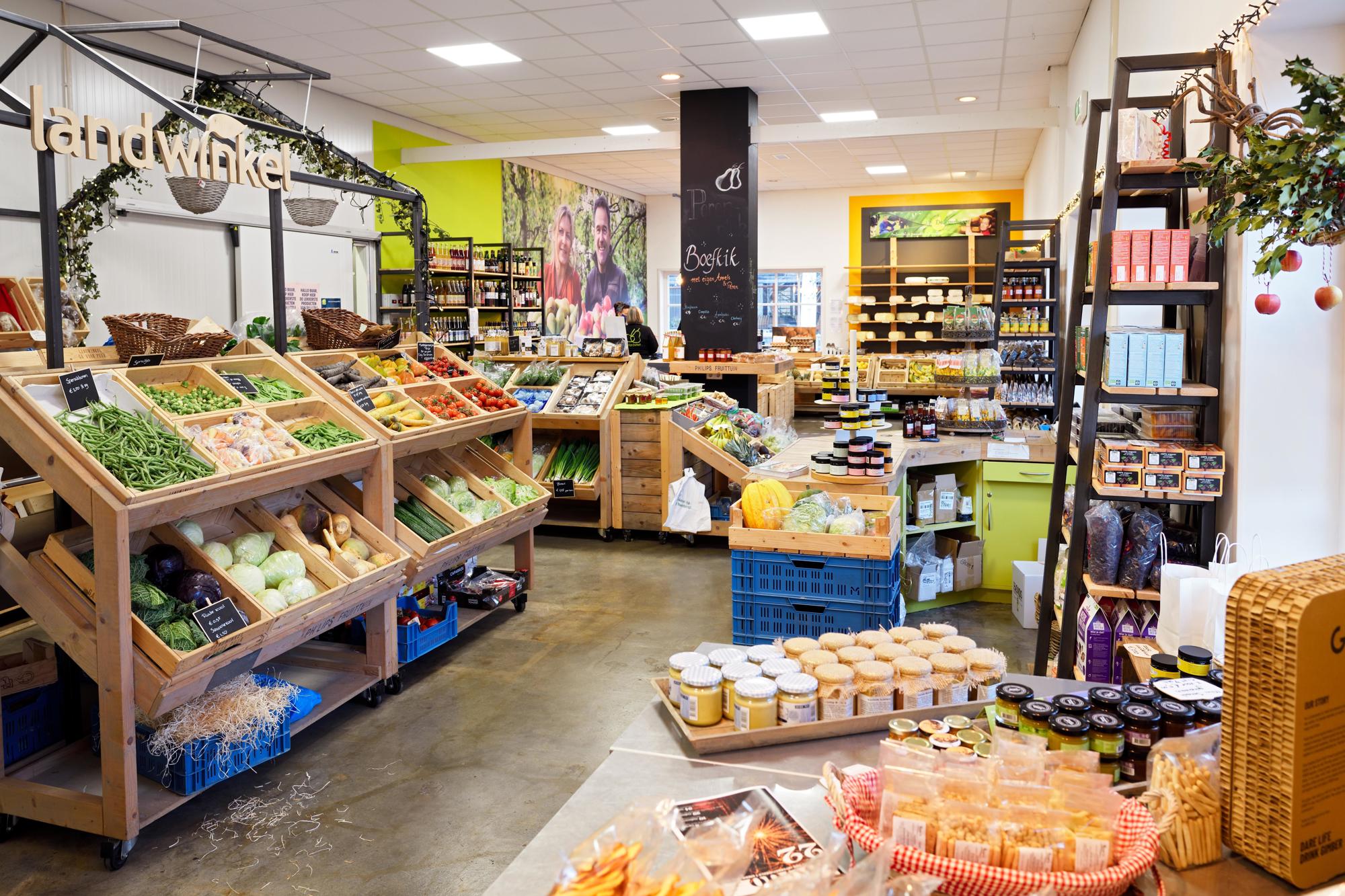
At the end of 2019, this initiative started up under the name of Rijp with an initial membership of thirty farm-to-fork farmers. After a promising start - various tasks had been allocated and several processes improved and perfected - the coronavirus pandemic threw a spanner in the works and some of the initial investors decided to withdraw. However, Carlos and the majority of the other participating farmers are still fully committed to the project. “We are confident that we will make a difference with this platform and are now holding talks with new investors.” The time is ripe for Rijp; if anything, the coronavirus pandemic proves it. “At the moment, there are about 400 farm shops in Brabant alone, and all of them are doing really well. The Rijp platform is an opportunity for them because it opens up routes to new customers and markets. When this takes off in the near future, many of us are going to see a fantastic return.”
You can copy the full text of this story for free at the touch of a button